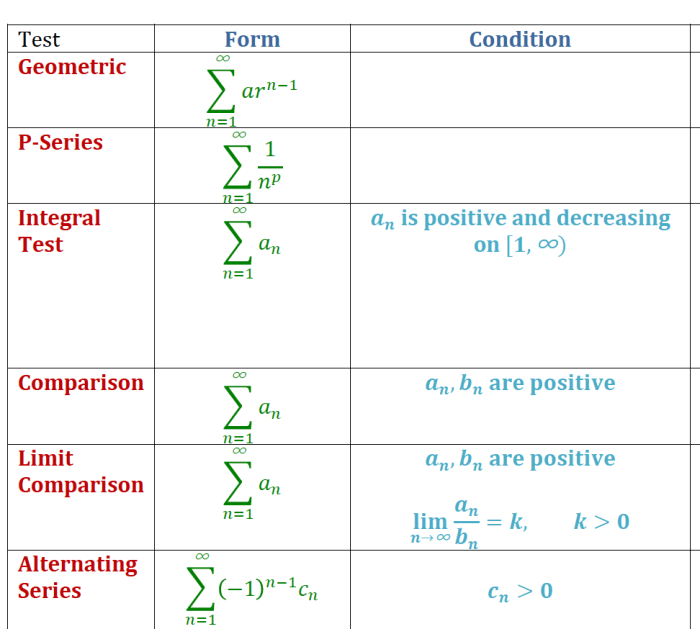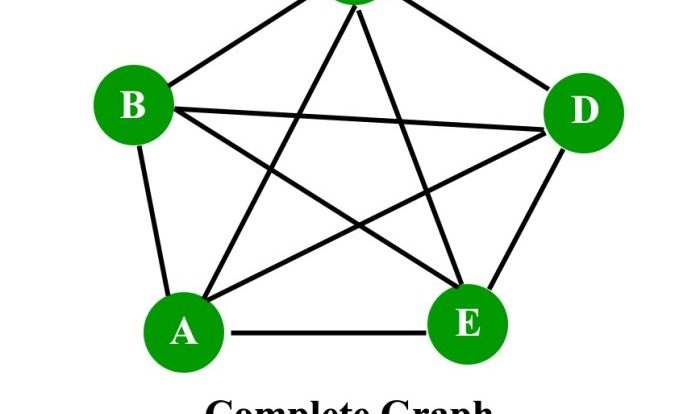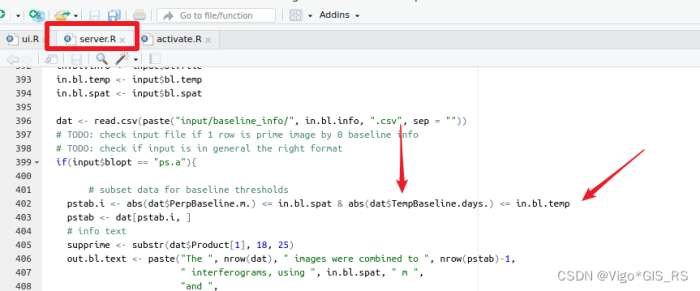Welcome to the comprehensive Sequences and Series Cheat Sheet, your ultimate resource for understanding these fundamental mathematical concepts. This cheat sheet will provide you with a concise and clear overview of sequences and series, their properties, and their diverse applications.
As we delve into the world of sequences and series, we will explore their definitions, notations, types, and properties. We will then uncover the practical applications of these concepts in various fields, demonstrating their power in solving real-world problems.
Sequences and Series: Sequences And Series Cheat Sheet

Sequences and series are fundamental concepts in mathematics that involve ordered collections of numbers. Understanding these concepts is essential for various applications in mathematics, physics, engineering, and other fields.
Sequences, Sequences and series cheat sheet
A sequence is an ordered list of numbers, where each number is referred to as a term. Sequences are typically represented using the notation a n, where n represents the position of the term in the sequence. Properties of SequencesSequences can have different properties, such as:* Boundedness:A sequence is bounded if there exists a constant M such that |a n| ≤ M for all n.
Monotonicity
A sequence is increasing if a n+1≥ a nfor all n, and decreasing if a n+1≤ a nfor all n.
Convergence
A sequence converges to a limit L if for any ε > 0, there exists an N such that |a n
L| < ε for all n > N.
Series
A series is the sum of the terms of a sequence. It is represented using the notation ∑ n=1∞a n, where a nis the n-th term of the sequence. Properties of SeriesSeries also have various properties, including:* Convergence:A series converges if the sequence of partial sums s nconverges.
Divergence
A series diverges if the sequence of partial sums s ndoes not converge.
Absolute Convergence
A series converges absolutely if the series of absolute values of the terms converges.
Cheat Sheet
Sequences and Series Cheat SheetDefinitions
Sequence
Ordered list of numbers
Series
Sum of terms of a sequenceNotation
Sequence
a n
Series
∑ n=1∞a nProperties of Sequences
Boundedness
|a n| ≤ M for all n
Monotonicity
a n+1≥ a n(increasing) or a n+1≤ a n(decreasing)
Convergence
|a n
L| < ε for all n > N
Properties of Series
Convergence
Sequence of partial sums s nconverges
Divergence
Sequence of partial sums s ndoes not converge
Absolute Convergence
Series of absolute values of terms convergesApplicationsSequences and series have numerous applications, including:* Calculus: Limits, derivatives, integrals
Physics
Describing motion, waves, and oscillations
Engineering
Solving differential equations, modeling systems
Essential FAQs
What is the difference between a sequence and a series?
A sequence is an ordered list of numbers, while a series is the sum of the terms of a sequence.
What is the notation used to represent sequences and series?
Sequences are typically represented using the notation a_n, where n is the index of the term. Series are represented using the notation ∑a_n, where n is the index of the term and ∑ indicates the sum of the terms.
What are some common types of sequences and series?
Some common types of sequences include arithmetic sequences, geometric sequences, and Fibonacci sequences. Some common types of series include convergent series, divergent series, and alternating series.


